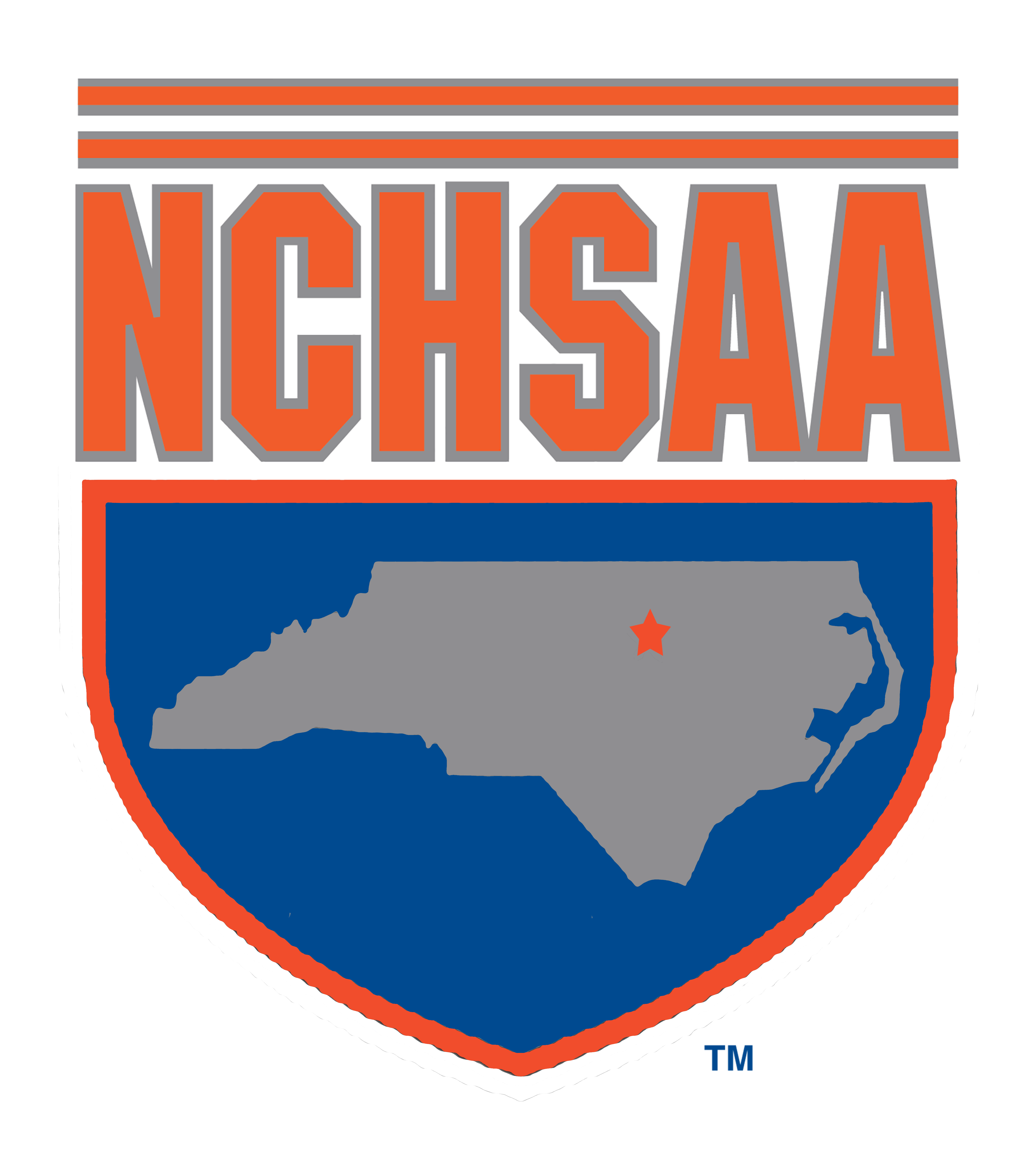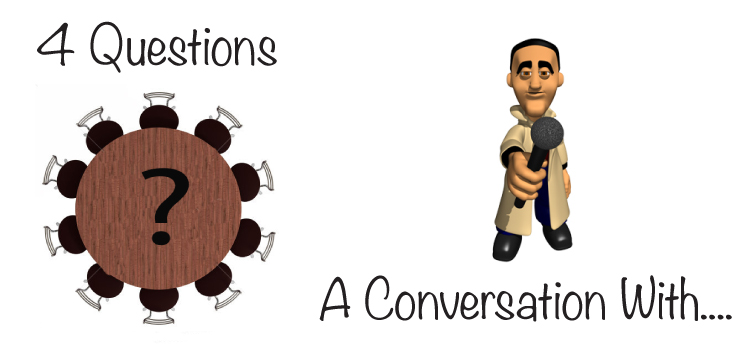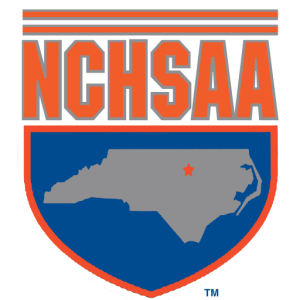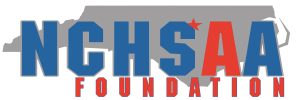4 QUESTIONS: A CONVERSATION WITH…MARK DREIBELBIS
Mark Dreibelbis, a native of Charlotte, is the supervisor of officials and associate commissioner of the North Carolina High School Athletic Association. He came to the NCHSAA in January of 2005 from Appalachian State University, where he had been the associate director of athletics. In addition to his work with the officiating program, Mark is in charge of the Student Services program and has served on a number of National Federation of State High School Associations (NFHS) rules committees.
What are a couple of the major rule changes that people may notice this year while watching high school baseball?
Actually, there are very few. Non-glare batting helmets are not allowed. Follow-through interference by the batter was added as a component of batting interference. And, video monitoring is allowed so teaching/instruction can be given to players during dead-ball situation in dead-ball areas, i.e., the dugout.
Safety and injury concerns continue to be addressed in terms of pitchers. Innings pitched vs. pitch counts; pitchers playing field positions of high stress arm conditions (shortstop/catcher); players involved in travel teams are all areas of concerns that the NFHS is reviewing to develop a best-practices standard relative to arm care.
How do different rule codes—for instance, high school baseball, college baseball, major league—present challenges for umpires? Is there a primary, fundamental difference you see among those rule codes?
The NFHS rules have set some timing specifics relating to pace-of-play. Other rule codes have implemented timing criteria between pitches and between innings. North Carolina is participating this year in a pilot program with one local officials’ association implementing some timing aspects. Early data shows length of games has decreased exponentially. Some of this may be due to cold weather conditions and hitters not producing at levels conducive to warm weather, and we will continue to monitor and review data. We will present the data at year-end to the NFHS for potential rule change implementation.
Having the compression ratio of bats now standardized has brought the skill and tactical aspects back into the game. Defense has become more prominent at the high school and college levels. Wood bats in the major leagues is a fundamental difference between our rule codes.
What is the most difficult thing about umpiring baseball or softball, as opposed to other sports?
Calling balls and strikes. The speed of the pitch and the movement of the ball, along with catchers moving and obstructing sight lines, make this extremely difficult. Having a batter swing at a pitch and keeping your concentration during the action complicates that even further. When I umpired earlier in my career, I thought calling pitches with consistency was as difficult a thing to do as any other call in any other sport I officiated.
If somebody has an interest in getting involved in officiating, what would be your recommendation?
Just get started at an intro-level in which you feel comfortable. It is amazing the thrill you get from being a part of the sport/game when you officiate/umpire. The concentration, dedication and effort required to be proficient is considerable. When you are able to meet that challenge and perform in a positive manner, the self-gratification is a tremendous feeling. Moving up to higher levels of competition identifies your growth and development. Knowing that you are an integral part of the positive and intrinsic values of education-based athletics is a great feeling. And lastly, it’s fun!



